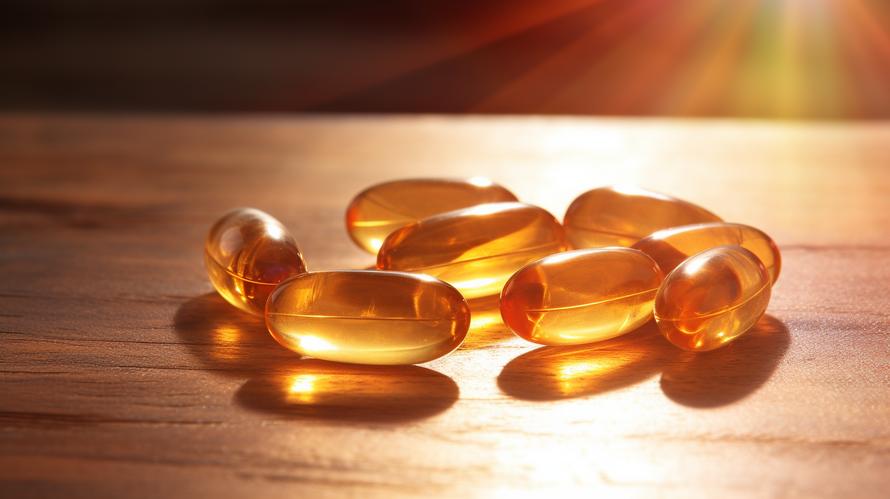We are witnessing a surge in awareness about the significance of vitamin D3 in our lives. The numerous health benefits and implications of low D3 levels on our well-being are staggering. Despite efforts made by large pharmaceutical corporations, people are becoming more informed about the crucial role that this nutrient plays in our lives.
Vitamin D3 might not be the holy grail of alternative healthcare, but it deserves special attention when it comes to maintaining optimal levels in our bodies. Documented toxicity has never been reported with 25(OH)D (vitamin D3) levels less than 200 ng/ml; however, most people are surprisingly deficient in D3. Low D3 levels are linked to various diseases and are so widespread that the first step in identifying any pathological condition should be to scrutinize vitamin D3 levels. Low vitamin D3 levels have been a hidden issue for several decades, resulting in considerable healthcare costs and loss of life.
However, it is important to note that some substances can interfere with vitamin D3 absorption. For example, according to John Cannell, M.D., Executive Director of the Vitamin D Council, the vitamin A in cod liver oil has the potential to neutralize vitamin D3.
Swedish researchers from the Karolinska Institute in Stockholm made some interesting discoveries related to vitamin D3. They measured vitamin D levels in 117 adult psychiatric outpatients and found that the ten adult patients with autism had the lowest 25(OH)D of all the patients, with an average of around 12 ng/ml. This is a level known to cause rickets in children and osteomalacia in adults. Additionally, they discovered that some patients with depression and schizophrenia experienced an improvement after receiving an average of around 4,000 IU of vitamin D per day.
Another study in Sweden measured vitamin D levels in mothers around six years after they had given birth to an autistic child. The Somali mothers had very low vitamin D levels (less than 10 ng/ml), and the trend was a lower vitamin D level for Somali mothers with autistic children compared to those without an autistic child. Also, a film project by Blind Dog Films documented the reversal of autistic symptoms with homeopathy.
It’s important to note that some medical professionals may disregard the significance of vitamin D3 and homeopathy. It can be challenging to change mainstream perspectives, and sometimes people are conditioned to trust their doctors blindly.
Speaking of autistic children, they require more assertive doses of vitamin D3, at least 100 up to 150 ng/ml. This dosage translates to 2,000 to 5,000 IU/day/25 pounds of body weight and sometimes more. Loading doses are particularly vital in autistic children because autism is a progressive inflammatory brain disease.
For those relying on sun exposure to obtain their vitamin D3, it’s crucial to remember that maximum effect happens when the sun is situated at an angle where your shadow is shorter than you, and the more skin exposed, the better. This approach leads to significant exposure and rapid increase in vitamin D3 levels. Nevertheless, few people follow this method.
Dr. Cannell explains that vitamin D has numerous co-factors and that Americans are most likely deficient in magnesium, zinc, boron, and vitamin K. He proposes incorporating seeds, nuts, and green leafy vegetables into your diet for their vitamin K content. Consider eating a tablespoon of pumpkin seeds daily for these essential nutrients. They are not only an excellent source of vitamins and minerals but are also highly beneficial for maintaining prostate health.



